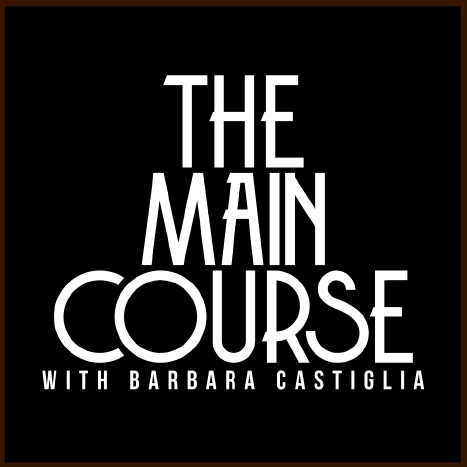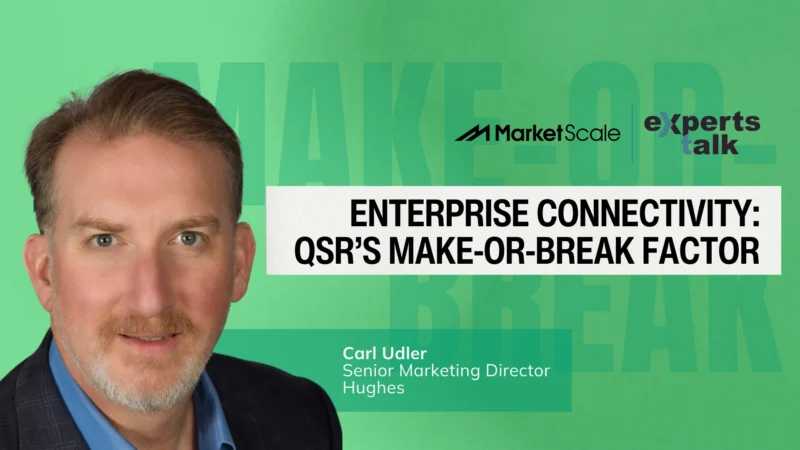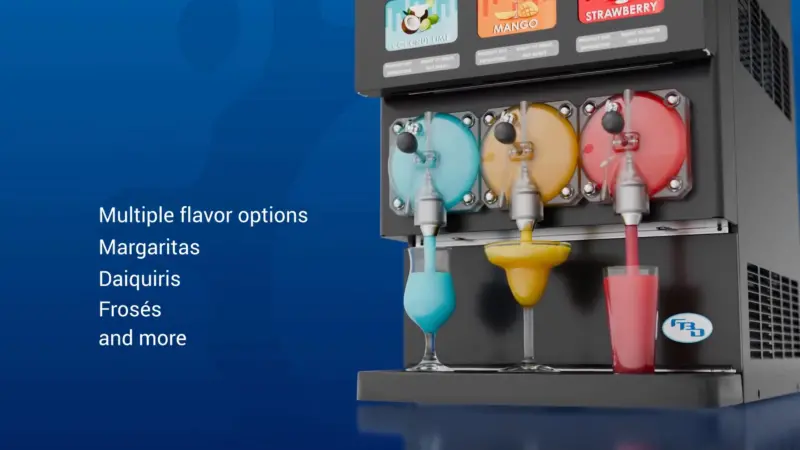Dining Concepts Get Virtual Shakeup
Food is serious business. Now, on The Main Course, host Barbara Castiglia will invite insiders on the front lines of food to share their expertise, strategies, and forecasts for navigating the ever-changing restaurant industry.
The food and beverage industry is on the cusp of a revolution. The convergence of technology, a pandemic, and shifting consumer demands could mean the future is virtual. A visionary in the space of virtual concepts and food and beverage innovation, Aaron Noveshen, shared his journey and thoughts on what’s next. Noveshen is the founder of F&B agency The Culinary Edge and CEO and founder of the fast-food chain Starbird.
Noveshen’s love affair with food started early. By 25, he was an executive chef, but he realized his passion for the industry went beyond the stove.
“In 2002, I started Culinary Edge to change F&B experiences, working on brand positioning, menu strategy, and operations. We’ve worked with startups along with 25% of the top 200 restaurants,” Noveshen said.
After years of helping other food brands thrive, the company decided to create its own brand. “It was time to walk the walk and see if we could go out and create a brand on the culinary edge,” Noveshen commented.
That passionate pursuit led to the creation of Starbird. They wanted to really imagine the fast-food experience with food and ingredient quality, enhancing the experience, and be digital-first. “From the start, we had an app and a frictionless, contactless digital experience, so we were well-positioned when the pandemic hit,” he recalled.
Their inventive menu, which had help from 10 chefs, focused on fresh ingredients and everything being made from scratch. Their chicken and salad concepts have done extremely well. Moving forward, Noveshen says three things are guiding them—how does this impact our people, what is our community participation, and what is the business health. They are also a brand that invests in its people with employee enrichment programs. He said, “We want to invest in our people, and we also have the infrastructure to make sure they can continue to work in the safest manner.”




